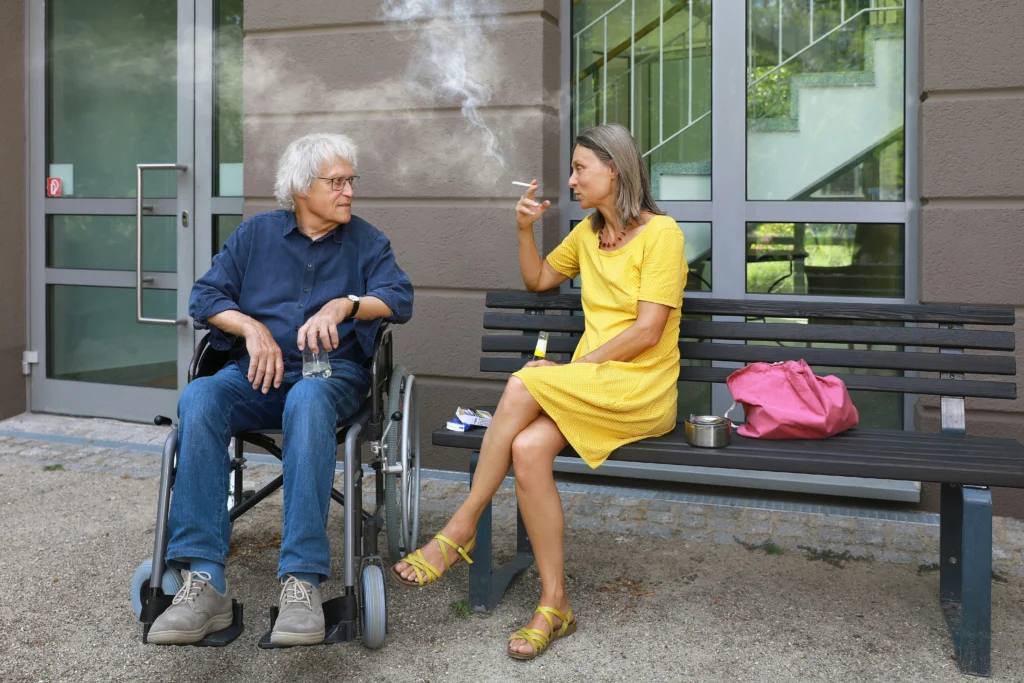In a significant shift, the life expectancy disparity between men and women worldwide is steadily diminishing, possibly attributed to a decline in smoking and alcohol-related fatalities. Over the past few decades, both genders have experienced improvements in healthcare, contributing to an overall increase in average human lifespan.
Also Check: Jim Harbaugh Named Head Coach of Los Angeles Chargers after Agreement
Traditionally, women have outlived men, but changing lifestyles seem to be gradually bridging the gap. Despite a global rise in average lifespan, discrepancies between the life expectancies of men and women have persisted. To delve into this phenomenon, researchers led by David Atance del Olmo from the University of Alcalá in Spain analyzed mortality data from 194 countries between 1990 and 2010.
The countries were categorized into five groups based on their longevity trends. Notably, the group with the highest average life expectancy, including affluent nations like Australia, Japan, the US, the UK, and parts of Western Europe, showed a narrowing gender gap. Conversely, the group with the lowest life expectancies comprised only Rwanda and Uganda.
An intriguing observation was the remarkable increase in life expectancy among men in Rwanda and Uganda, rising from an average of 30.85 years in 1990 to 45.22 years in 2010, a gain of 14.37 years. In the same period, women in these countries experienced a more modest increase of 0.94 years, reaching 51.31 years.
Examining the group with the highest life expectancies, the average difference between men and women was 4.84 years in 1990, slightly decreasing to 4.77 years in 2010. The researchers project a continued closure of this gap, reaching 3.4 years by 2030.
Similar trends were noted across the other three groups of countries. While the study only analyzed data up to 2010, researchers anticipate that these trends have persisted. However, they acknowledge the potential impact of COVID-19 on overall life expectancies, particularly among men.
In recent decades, both men and women have reaped the benefits of advances in healthcare and increased awareness of conditions like AIDS. Significantly, the reduction in smoking and alcohol-related deaths, which disproportionately affect men, has played a role in narrowing the life expectancy gap.
Brandon Yan, from the University of California, San Francisco, notes that this study aligns with epidemiologic trends indicating a global increase in life expectancy and a continual narrowing of the gender gap over time.
The encouraging findings suggest that ongoing efforts to improve health outcomes and address lifestyle factors are contributing to a more equitable distribution of longer, healthier lives between men and women globally.



